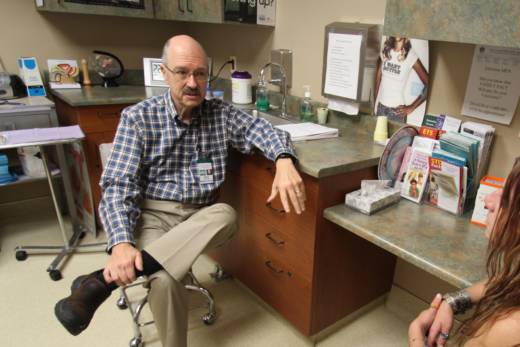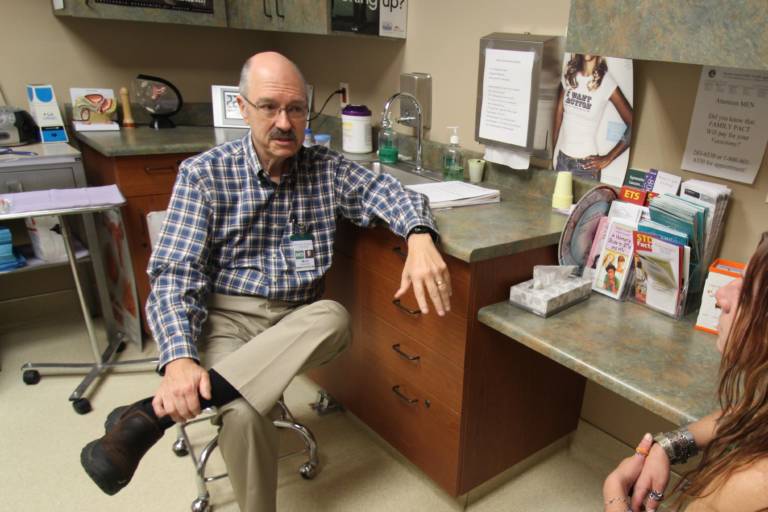If you want to quit heroin and you live in Quincy, California, a small pioneer town up in the Northern Sierra Nevada mountains, you’ll probably go see Dr. Mark Satterfield.
As far as he knows, Dr. Satterfield is the only health care provider in Plumas County who is able and willing to treat heroin users with buprenorphine, a medication that has become the new standard of care in fighting opioid addiction.

Before Satterfield started prescribing buprenorphine late last year, anyone seeking treatment had to travel a long way to a clinic in a more urban setting. The one in Chico is a 1½- hour drive down a windy canyon road, which can be closed off during bad weather.
So Satterfield, 65, embarked on a pilot program to provide medication-assisted treatment for heroin users and those with other addictions. Satterfield, Plumas County’s public health officer, squeezed the program in between his other duties, including shifts as an emergency physician at a local hospital.
“The need is great, and we had a sense it was not going to be easy to get other providers to do it,” said Satterfield, a tall man with delicate rimmed glasses, who has lived in the region for 28 years.



